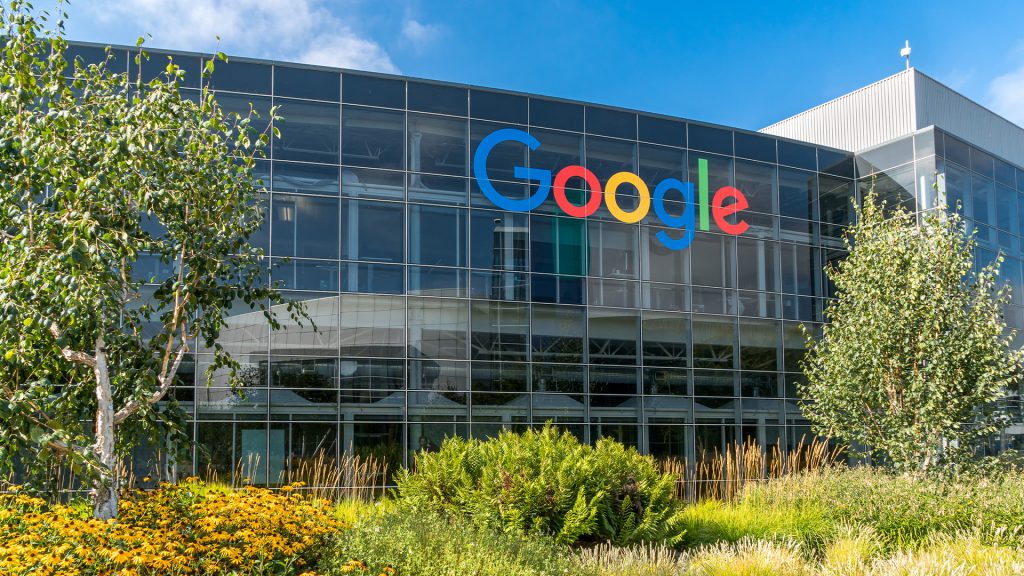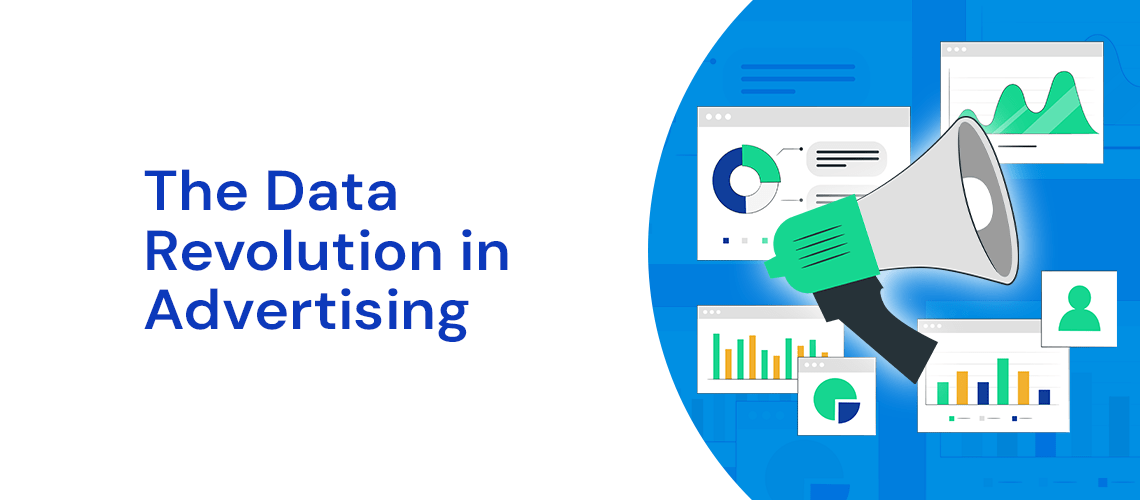The first few months of 2025 will be crucial for advertisers seeking to maximize the way they reach consumers on the web.
As research firm eMarketer said in a recent report, the environment of modern digital advertising is set for an upheaval as Google prepares to inform the market of their opt-in/opt-out approach to the third party Chrome tracking cookie.
The research firm noted that almost 90% of US browsers could become cookieless long term, according to their analysis of StatCounter data. The reality is that marketers need to start addressing new ways to target audiences with their commercial messages, because consumer data use faces a wave of regulation and restriction worldwide. The momentum towards a tighter environment for data use has been the focus of government regulation in the US, with eMarketer noting that the Federal Trade Commission (FTC) has recently increased the frequency of notices and reminders about existing privacy policies regarding the use of consumer data in advertising.
A recent report by native advertising platform TripleLift, titled The New Age of Data also notes that the audience targeting landscape is changing dramatically.
“Access to ubiquitous consumer data, enabled by third-party cookies, was a foundational element of the programmatic ecosystem,” said Triplelift. “It’s part of what made programmatic a more efficient, scalable, and measurable way to advertise. However, in the last few years, the shadow side of ubiquitous data has been exposed as addressability has declined, while consumer, government, and industry attitudes have shifted to focus more on privacy.”
The ad platform predicts that third-party cookie volume will likely decline as Chrome users will be given more choice and control over how cookies are used. However, the likely outcome is that marketers will still be able to reach consumers via Google’’s third party Chrome cookie, because a portion will still want relevant and personalized advertising.
Google's Consent Prompt Design

For sure, UK digital transformation provider Apply Digital undertook a survey of 2,000 UK marketers and found that more than a third (38%) of British consumers plan to reject third-party cookies when Google introduces its opt-in ‘user choice’ feature to Chrome next year.
“On the consumer side, concerns about privacy on the web remain strong, yet so does the desire for personalized experiences,” said UK firm Apply Digital. “Many consumers surveyed said if given the choice, they would opt out of all data tracking — while an equally significant number said they had no concerns about being tracked by websites.”
The language, appearance, and design of the Google Chrome cookie opt-in will influence consumers, with many tipping Google to focus on a positive message around personalization, to ensure opt-out rates are not too high at the outset, which would spook advertisers seeking a gradual transition away from Chrome cookie tracking.
“While technical terms like “data processing” are more precise and can help mitigate legal liability, they are also less accessible to the layperson,” eMarketer said in its report. “Above all, whatever’s most visible in the prompt—and whether the prompt itself grabs attention—will have the greatest effect on consumers’ responses.”
Still, if consumers eventually move to a no-tracking position, brands will need to get smart about how they market to consumers. In order to stay close to consumers and use alternatives to third-party cookies, they will need to convince people to share their data. That is not a simple task, and is the main stumbling block for brands seeking to overhaul their advertising strategies.
“When consumers were asked what would make them comfortable to share their data with businesses, respondents clearly prioritized control, assurance, and transparency. 33% want clear control over what data is shared and for what purpose, 30% want assurance that their data will be used responsibly, and 30% want transparency around how their data is used,” the Apply Digital survey said.
Of course, Google’s Privacy Sandbox will still play a major part in the digital advertising mix, via its Topics API for Web and Protected Audiences API. But marketers need to prepare for a near-term future, where third-party cookies continue to exist alongside these emerging Sandbox technologies.
“This means organizations need to have data workflows in place for customers that currently use third-party cookies and those that will opt out of their use,” said Param Gopalasamy, Consent and Preferences Consent Lead, at OneTrust, a privacy software company. “In the long term, the advertising industry must prepare for an eventual shift away from third-party cookies as the option for customers to opt out from tracking technologies will likely become commonplace.” He recommends that advertisers invest in first-party data strategies to mitigate the reliance on third-party cookies, experiment with and adopt Privacy Sandbox APIs to stay ahead of the curve in privacy-compliant advertising, and collaborate on standardization efforts with industry groups and standards organizations and take an active part of future privacy and advertising technologies.
The New Era of PETs

There are other efforts underway aimed at providing brands with a compliant approach to collecting data, and they represent the first wave of PET’s (Privacy Enhancing Technologies), that will become mainstream across the digital advertising landscape in the next decade.
The IAB Tech Lab recently launched version one of ADMap, or the Attribution Data Matching Protocol, which is designed to use authenticated and deterministic first-party data for which data providers have necessary consent for measurement purposes from users, coupled with Privacy Enhancing Technologies (PETs) to securely compute attributions.
In other words, brands need to pursue robust first-party data strategies and ensure that when deploying a data clean room they can measure and compare the performance of their campaigns across various publishers, ad networks, channels, and platforms.
The IAB Tech Lab said ADMAP is a data clean room interoperability standard to help standardize workflow and data structures necessary for private attribution computations, while providing flexibility for deploying proprietary attribution algorithms. Armed with privacy tech like Private Set Intersection (PSI) and Trusted Execution Environments (TEEs), ADMaP lets publishers and advertisers share data without dragging users’ personal information into the mix.
“The shift away from traditional identifiers and associated techniques used for attribution has created an urgent need for new, privacy-forward solutions. Signal loss limits advertisers’ ability to measure campaigns accurately and ultimately impacts publishers revenues,” said Anthony Katsur, CEO, IAB Tech Lab. “ADMaP is a game-changer, enabling advertisers and publishers to collaborate safely, and accurately determine measurement and attribution, while fully protecting their audience’s privacy. This isn’t just about compliance – it’s about building trust and setting a new standard for how data can be shared responsibly in our industry for specific purposes.” The shift to a new world of privacy-first solutions is not going to be easy, but will be crucial for marketers seeking to secure performance. The long march to a more secure and trusted advertising web is underway.


